Cardiovascular exercise, commonly referred to as cardio, stands as a pivotal pillar in the realm of physical therapy. These exercises invigorate the heart and lungs, ensuring an amplified blood flow and enhanced oxygen delivery throughout the body. Not only is it a cornerstone for holistic health, but it also plays an instrumental role in the recovery from injuries and the management of chronic conditions.
The Dual Role of Cardiovascular and Pulmonary Physical Therapy
Cardiovascular and pulmonary physical therapy is a specialized treatment that zeroes in on the heart and lungs’ optimal functioning. It’s a beacon of hope for individuals grappling with conditions like asthma, emphysema, chronic bronchitis, idiopathic pulmonary fibrosis, sarcoidosis, and heart failure. With the right guidance from a seasoned physical therapist and unwavering dedication from the patient, this therapy can usher in transformative improvements in one’s quality of life.

The Quintessential Five: Exercises Tailored for Cardio-Pulmonary Wellness
While each treatment plan is meticulously tailored to the patient’s unique needs, there are five cornerstone exercises that often find their way into the regimen:
Graded Cardio:
These exercises revolve around sustained motion, ensuring a consistent heart rate and respiration. Activities like running, cycling, swimming, and dancing not only bolster endurance but also fortify overall strength. In a therapeutic setting, these exercises are executed under vigilant monitoring to guarantee safety and prevent undue strain.
Graded Resistance:
This is the realm of muscle-specific workouts and repetitions. Leveraging tools like free weights, medicine balls, weight machines, and resistance bands, this training hones in on specific body parts, fortifying them against undue stress. When harmoniously combined with cardio, it’s a formidable duo for holistic strength and wellness.
Breathing Mastery:
Breathing, though innate, often lacks the finesse required for optimal health. For those with cardio-pulmonary challenges, mastering the art of breathing through targeted exercises is paramount. These techniques amplify lung capacity and mitigate daily stress.
Airway Clearance:
Chronic blockages or mucus accumulation can hamper breathing, exerting undue stress on the body. Physical therapy introduces patients to techniques that clear these obstructions, ensuring unhindered airflow. From deep to shallow breath cycles, to intricate autogenic drainage methods, the spectrum is vast.
Soft Tissue and Joint Mobilization:
Ribcage mobility is pivotal for enhancing cardiopulmonary strength. Through a series of meticulously designed exercises, patients can reclaim significant mobility, thereby reducing strain and augmenting strength.
1. Prevalence of Cardiovascular Diseases
Description: Showcase the percentage of people globally affected by various cardiovascular diseases like coronary artery disease, stroke, heart failure, etc.
Purpose: To emphasize the widespread nature of cardiovascular diseases and set the context for the importance of rehabilitation.

2. Benefits of Cardiovascular Physical Therapy
Description: An infographic detailing the benefits such as “Faster recovery post cardiac events”, “Reduced risk of future cardiac events”, “Enhanced quality of life”, and “Improved physical stamina”.
Purpose: To provide readers with a quick glance at the multitude of benefits that cardiovascular physical therapy offers.

3. Techniques in Cardiovascular Physical Therapy
Description: Display the various techniques like “Aerobic exercises”, “Resistance training”, “Flexibility exercises”, and “Breathing techniques” in a flowchart. Each technique can branch out to show specific exercises or methods related to it.
Purpose: To give readers a structured view of the techniques and methods used in cardiovascular physical therapy.

Cardiovascular Physical Therapy Exercise for Injury Recovery
Cardiovascular exercise is a great way to promote healing and recovery after an injury. Also, Cardiovascular physical therapy exercises help to increase blood flow and oxygen delivery to the injured area, which promotes healing and reduces inflammation. In addition, cardio can help to prevent muscle loss, improve flexibility, and increase joint mobility, all of which are important factors in injury recovery. Depending on the injury and the patient’s needs, physical therapists may recommend low-impact cardio exercises, such as walking, cycling, or swimming, or more intense exercises, such as running or jumping.
Cardiovascular Physical Therapy Exercise for Chronic Conditions
Cardiovascular exercise is also beneficial for people with chronic conditions, such as heart disease, diabetes, and arthritis. Also, Cardiovascular physical therapy exercises can help to improve cardiovascular health, lower blood pressure, regulate blood sugar levels, and reduce joint pain. In addition, cardio exercises can help to improve overall endurance and energy levels, which can improve the quality of life for people with chronic conditions.
Cardiovascular Exercise for Weight Loss
Cardiovascular exercise is an effective way to lose weight and maintain a healthy weight. Cardio exercises burn calories, which can help to create a calorie deficit and lead to weight loss. In addition, exercises can help to improve metabolism, which can help to maintain weight loss over time. Physical therapists may recommend a combination of cardio and strength training exercises to help patients achieve their weight loss goals.
Cardiovascular Exercise for Mental Health
Cardiovascular physical therapy exercise is also beneficial for mental health. Cardio exercises release endorphins, which are natural mood-boosters that can help to reduce stress, anxiety, and depression. In addition, cardio exercises can help to improve cognitive function and memory, which can improve overall mental health and wellbeing.
Conclusion
In conclusion, cardiovascular exercise is a critical component of physical therapy. It can promote healing, enhance heart health, aid weight loss, and boost mental well-being. Consult your physical therapist to integrate cardiovascular exercises into your treatment plan for injury recovery or chronic condition management. Your physical therapist can recommend specific exercises and intensity levels that are appropriate for your needs and goals.
Looking to incorporate cardiovascular exercise into your physical therapy treatment plan? Look no further than Kinito Physical Therapy. Our expert physical therapists can work with you to develop a customized exercise program that meets your unique needs and goals. Visit us today to learn more about how cardiovascular exercise can benefit you and your overall health.
